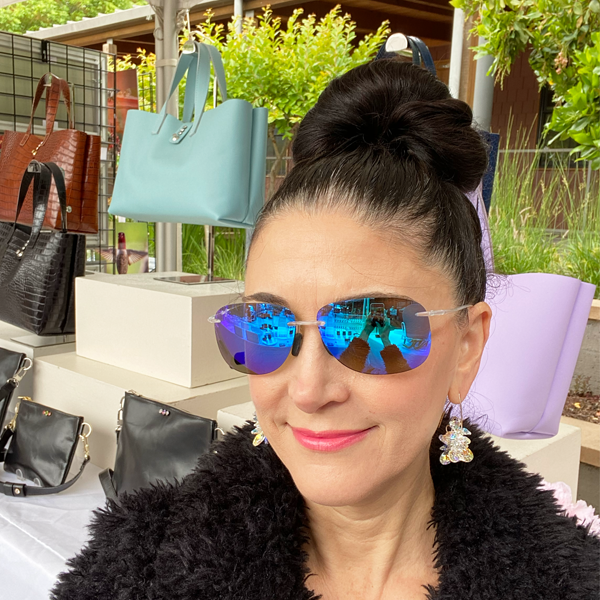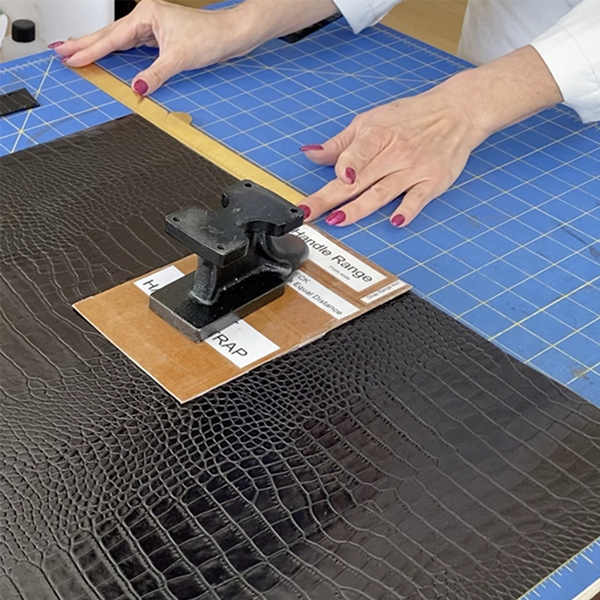Natural vs. Lab-Grown Gemstones: What You Should Know
Natural vs. Lab-Grown Gemstones at MONOLISA
At MONOLISA, designer Lisa Ramos is often asked: “Are your gemstones natural or lab-grown?” The answer is — 98% of her jewelry designs use natural stones and 2% use lab-grown. Lisa uses a mix of natural and lab-grown stones, always choosing materials that align with her values of craftsmanship, beauty, and transparency. This guide breaks down the key differences between natural and lab-grown gemstones so you can feel confident in what you're wearing.

What Are Natural Gemstones?
Natural gemstones are formed in the earth over thousands to millions of years through geological processes. They’re mined, cut, and polished for use in fine jewelry. Because they’re formed organically, no two are exactly alike — inclusions, variations, and slight imperfections add to their uniqueness and natural charm.
Examples MONOLISA may use:
- Amethyst
- Citrine
- Topaz
- Sunstone
- Ruby
- Sapphires
- Garnet
These stones are sourced from AGTA-certified suppliers to ensure ethical practices and quality transparency.

What Are Lab-Grown Gemstones?
Lab-grown gemstones are real gemstones, created in a laboratory using advanced technology that replicates the natural conditions of gemstone formation. They have the same physical, optical, and chemical properties as natural stones — the only difference is their origin.
Why I use them at MONOLISA:
- Exceptional clarity and color consistency
- Lower environmental impact than mining
- A beautiful and ethical option for customers
Examples I use:
- White sapphires
All lab-grown stones I use are sourced from AGTA-certified suppliers for full transparency and integrity.
Learn more about AGTA certification →

Natural vs. Lab-Grown: What’s the Difference?
| Feature | Natural Gemstones | Lab-Grown Gemstones |
|---|---|---|
| Origin | Formed in the earth over time | Created in a lab under controlled conditions |
| Uniqueness | Each stone has natural inclusions & variations | Visually flawless or near-flawless |
| Environmental Impact | Requires mining (regulated if ethical) | Smaller footprint, no mining |
| Availability | Limited by nature | Readily available in specific sizes and shapes |
| Cost | Typically higher due to rarity and sourcing | More affordable for comparable appearance |
Cost Considerations
One of the biggest differences between natural and lab-grown gemstones is cost. Natural gemstones often command a higher price due to their rarity, sourcing challenges, and the time it takes to form them in nature. Lab-grown stones, on the other hand, are more accessible because they’re produced in a controlled environment, allowing for greater consistency and availability.
At MONOLISA, I choose both natural and lab-grown gemstones based on their beauty, durability, and ethical sourcing—not just price. Every stone is carefully selected to meet the design and quality standards I stand behind as an artist.

Which Should You Choose?
It comes down to personal values and preferences:
- Want a one-of-a-kind piece with natural inclusions and earth-made history? Go natural.
- Want a brilliant, ethical alternative with a more accessible price? Lab-grown is a beautiful option.
At MONOLISA, I honor both natural and lab-grown stones. Each gem is selected with care and set by hand in my California studio. I disclose all materials clearly, so you know exactly what you’re investing in.
Curious about the stones in my next jewelry release?
I hand-select each gem—reach out anytime with questions!







